Review: 2009 Caterham 7
There’s a big difference between myself and Lotus founder Colin Chapman. When I change a flat tire, I find that I have two lug nuts left over. Chapman could create fully functioning sports/racing cars out of the detritus found in the average kitchen junk drawer. One-handed. While sipping tea. The Lotus Seven—later Super 7—is perhaps the best-known and longest-lasting example of his Frankensteinian genius. Debuting in 1957 and running on to 1973 (when Caterham Cars grabbed the baton), the 7 has undergone decades of continuous development yet is essentially the same vehicle that Chapman created. And none the worse for it.
The Caterham 7 is no more styled than a shoe tree. The 7’s tubular space frame is barely spacious enough to affix a De Dion rear suspension with Watts linkage, cradle an engine of your choice, and hold a couple of legless stools upon which drivers are expected to sit. It’s wrapped tight with sheet aluminum and adorned with just enough fiberglass to drape the tires and radiator. A child’s first-grade crayon drawing is more likely to wind up at the Metropolitan Museum of Art. The car’s real beauty: the non-inclusion of anything that could come between the driver and the road.
The modern Caterham 7 Classic possesses a healthy amount of Chapman’s most cherished auto-mechanical quality: less. Which, of course leads to lightness. At 525 kg (1157.42 lb.), the entry-level Caterham 7 Classic could be hung from a branch on a Christmas tree. Powered by a garden-variety 1.4-litre K-Series engine making all of 105 hp @ 6000 rpm, the most basic of 7s works the neck muscles and adrenal glands plenty. In this guise, we’re torquing 95 lb·ft of twist @ 5000 rpm; 200 bhp-per-tonne; and a zero to sixty sprint of 6.5 seconds.
On the subject of powertrains, there has never been a specific, standard engine for the car. The products of Dearborn have often been Caterham factory favorites, providing a nice squint-and-you-can-almost-see-it link back to Jim Clark’s Lotus/Ford Indy 500 winner. The top-of-the-range CSR200 sports a 200 hp 2.3-litre Cosworth Duratec that will propel the Caterham 7 from nought to sixty in 3.7 seconds.
Due to stern international emissions and safety regulations, the Seven retains its origins as a some-assembly-required box of bits. So it’s left up to the individual re-animator to decide how he or she wants to go about the business of providing propulsion. Caterham 7 spotters will tell you (and tell you and tell you) that it’s not uncommon to find Buick V-8s, Mazda rotaries, motorcycle lumps, or ATWF (anything that will fit) when peeking under the slatted engine lid. No doubt someone somewhere has given steam a go.
The 7’s existence proves that someone automotively-aware coined the term bucket list. For one thing, installing a round driver in the peg-shaped car requires maximum commitment; you can sit down any time you like but you can never leave. At least not easily. The process is and best managed without the “doors” and “roof” that the smirking lads at Caterham call weather “protection.” When in motion, the fabric serves about as much of a purpose as foil-wrapped Trojans, only without even the promise of protection.
Remarkably, approached on even terms, the Dartford dart is not entirely uncomfortable. Sticking with the sexual metaphor (so to speak), the cockpit will never inspire thoughts of paradise-by-the-dashboard-light heir creation. At 6′, 200 lb, and a size 10E foot, I fit just fine, chiropractically speaking.
Once on the move, two thoughts immediately occur: 1) in terms of dynamics, every other road car you’ve driven sucks, and 2) sucks is too delicate a word for the discrepancy between the 7 and non-7s. To state the bleeding obvious, the Seven is a track car first, a road car if you dare. Either way, the Caterham’s non-assisted steering and ventilated front discs (with four pot calipers) transmit every step of their mechanical operation, transforming its driver into a 7borg. The gearbox—here a Ford Sierra 5-speed with a lever no longer than your thumb—rewards with a pleasure that would cheer Lewis Black.
Wind turbulence, even at modest speed, brings to mind skydiving sideways. Communication, should a passenger be brave enough to accompany you, is best left for rest stops or emergency miming, even considering a relative physical proximity usually shared only by newlyweds.
Perhaps the great delight of the Seven is that it’s a rolling polygraph machine. It puts the lie to so much of conventional auto wisdom: a righteous ride requires big power, fat tires, and the latest electronic whiz-bangeroo. True, the Caterham offers variants stuffed with an assortment of wallet-lightening upgrades, add-ons, and gotta-haves. Hey, it’s a living. But just because a menu lists fifteen desserts doesn’t mean your meal should include them all.
No, the Caterham Seven, like its Lotus Seven forebear, is the distillation of what is only necessary for a drive. What it means to drive. That it somewhat resembles a coffin such as the one that currently holds the bones of a certain Mr. Chapman is just one of life’s lovely little ironies.
More by Lyn Vogel
Latest Car Reviews
Read moreLatest Product Reviews
Read moreRecent Comments
- Calrson Fan We are already seeing multiple manufacturers steering away from EVs to Hybrids & PHEVs. Suspect the market will follow. Battery tech isn't anywhere close to where it needs to be for EV's to replace ICE's. Neither is the electrical grid or charging infrastructure. PHEV's still have the drawback that if you can't charge at home your not a potential customer. I've heard stories of people with Volts that never charge them but that's a unique kind of stupidity. If you can't or don't want to charge your PHEV then just get a hybrid.
- AZFelix The last time I missed the Malibu was when one swerved into my lane and I had to brake hard to avoid a collision. 1 out of 5⭐️. Do not recommend.
- 2ACL I won't miss it; it was decent at launch, but in addition to the bad packaging, GM did little to keep it relevant in the segment. I'd prefer that another domestic automaker doesn't just give up on the mainstream sedan, but unlike some of Ford's swan songs, the Malibu made an indifferent case for why they should live.
- ToolGuy TG grows weary of purchasing gasoline. I don't care so much how or why, I am just tired of it. I still buy petroleum products, not 'boycotting oil,' but backing away from gasoline where I can. Sample size = 1.
- Probert Maybe it's not too late for the Dodge Neon I've always dreamed of!!! To the keyboard Robin!



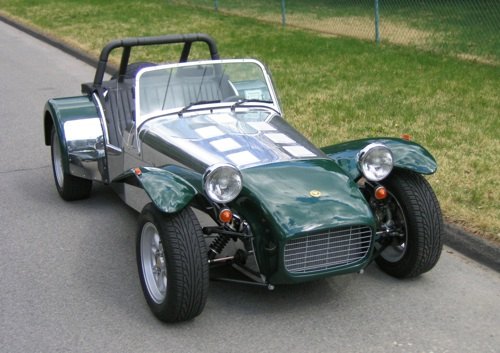















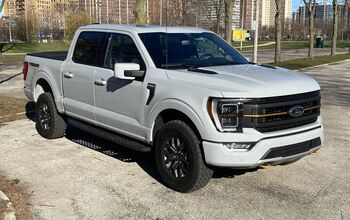
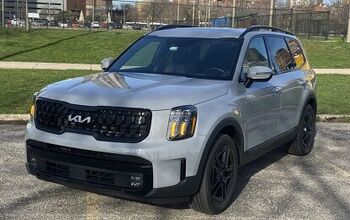
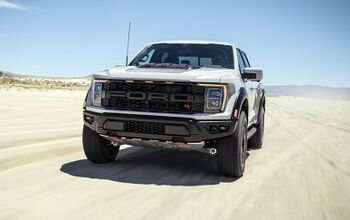
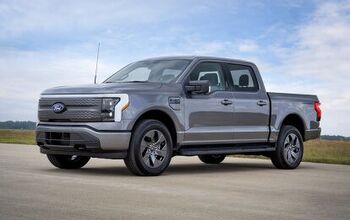
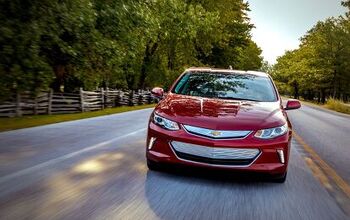
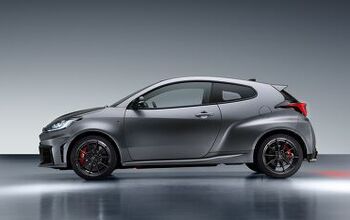

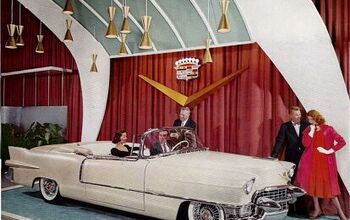

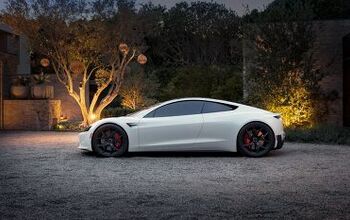
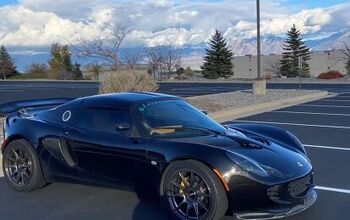

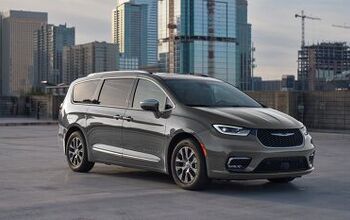

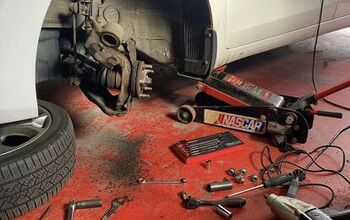
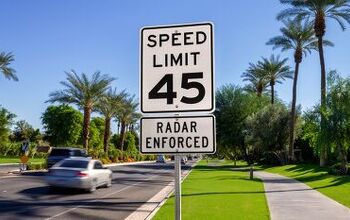
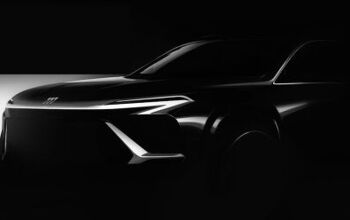
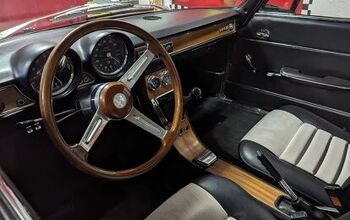
Comments
Join the conversation
reply to stewart dean who wanted to see the car in action go to youtube and search caterham csr 260 nelson ledges to see 9+ minutes of a caterham csr 260 driven by its assembler and owner on an historic race course in ohio http://www.youtube.com/watch?v=W1N6EI0hlnw
Almost pulled the trigger on a Birkin, another copy of the Lotus 7, but the seller flaked out and I went in another direction. Oh well, some day. I still want this car and I will have one before I kick off this mortal coil.